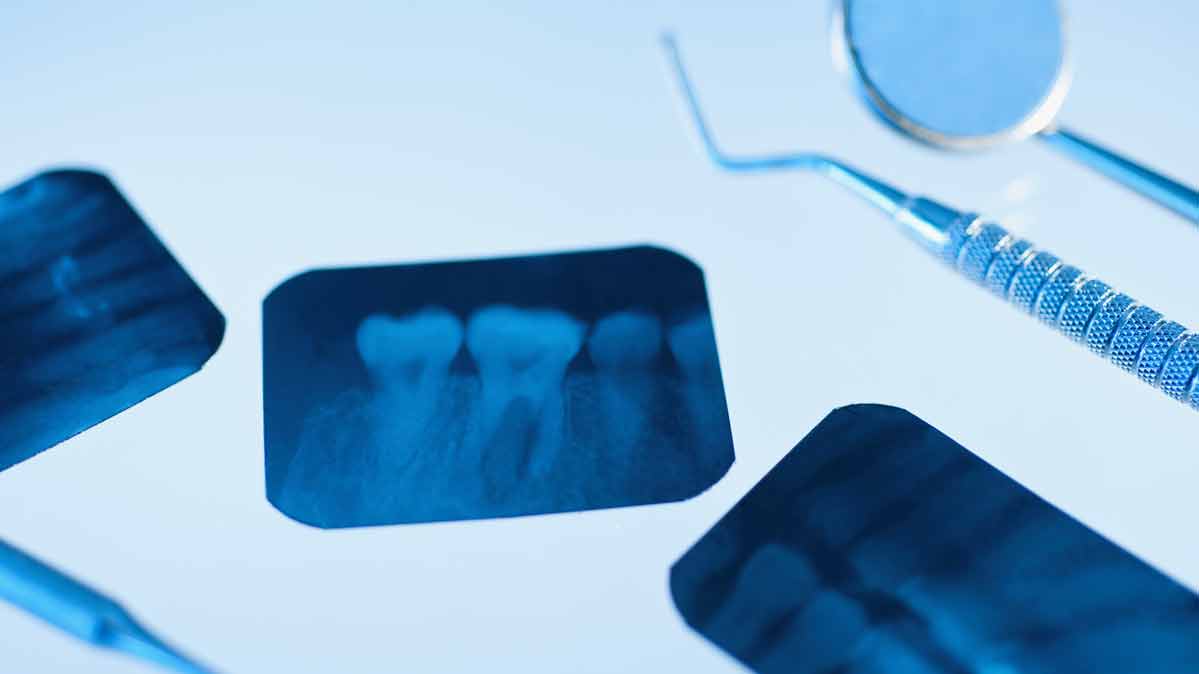Dr. Bob's Mouthly Report
How Modern Life is Transforming the Human Skeleton
by Robert Glisci, DDS, PC on 07/19/19
Today it’s an established fact that our skeletons are surprisingly malleable. The pure white remains displayed in museums may seem solid and inert, but the bones beneath our flesh are very much alive – they’re actually pink with blood vessels – and they’re constantly being broken down and rebuilt. So although each person’s skeleton develops according to a rough template set out in their DNA, it is then tailored to accommodate the unique stresses of their life.
This has led to a discipline known as “osteobiography" – literally “the biography of bones” – which involves looking at a skeleton to find out how its owner lived. It relies on the fact that certain activities, such as walking on two legs, leave a predictable signature behind, such as sturdier hip bones.
And from the discovery of a curious spiky growth on the back of many people’s skulls to the realisation that our jaws are getting smaller, to the enigmatic finding that German youths currently have narrower elbows than ever before, it’s clear that modern life is having an impact on our bones.
Shahar thinks the spike explosion is down to modern technology, particularly our recent obsession with smartphones and tablets. As we hunch over them, we crane our necks and hold our heads forward. This is problematic, because the average head weighs around 10 pounds (4.5 kg) – about as much as a large watermelon.
Text neck
When we’re sitting upright, these hefty objects are balanced neatly on top of our spines. But as we lean forwards to pore over famous dogs on social media, our necks must strain to hold them in place. Doctors call the pain this can cause “text neck”. Shahar thinks the spikes form because the hunched posture creates extra pressure on the place where the neck muscles attach to the skull – and the body responds by laying down fresh layers of bone. These help the skull to cope with the extra stress, by spreading the weight over a wider area.
Read more at BBC
11 Best Toothpastes For Kids
by Robert Glisci, DDS, PC on 07/19/19

Brushing teeth is a habit that children should ideally develop early on. For a child, one of the most exciting parts of bruising is the toothpaste, which they tend to lick or even swallow.
Considering that kids are still learning to brush their teeth and may swallow the paste owing to its sweet taste, it is good to choose the right toothpaste for them. A good toothpaste can keep their mouth clean and ensure overall oral health. In this MomJunction post, we tell you how to choose toothpaste for kids, and list down the 11 best toothpaste for kids.
Read more at MomJunction
Is chewing gum good for your teeth?
by Robert Glisci, DDS, PC on 07/19/19

Not all of us appreciate chewing gum, especially when you have to watch or listen to someone's constantly rotating jaw.
But did you know the chewing habit can be good for your teeth if you choose the right sort of gum?
Chewing of any kind increases the production of saliva, which protects your teeth by keeping them clean and by helping to strengthen the enamel, says Laurence Walsh from the University of Queensland School of Dentistry.
However, chewing regular gum that contains sugar offsets that advantage because the sugar increases your risk of cavities.
Sugar-free gum, on the other hand, can be a great choice and can actually benefit your teeth, as long as you choose the right type, says Professor Walsh.
"There is now very good evidence that [certain] sugar-free gum has positive benefits on dental health, above and beyond other measures such as using fluoride toothpaste and fluoridated water," he says.
The key is to avoid citrus flavours like orange, lemon or lime as these contain acids that damage your teeth in other ways.
Other flavours of sugar-free gum, such as mint, are a great choice, though.
Read more at ABC
New antibacterial fillings may combat recurring tooth decay
by Robert Glisci, DDS, PC on 07/19/19
Tooth decay is among the costliest and most widespread bacterial diseases. Virulent bacteria cause the acidification of tooth enamel and dentin, which, in turn, causes secondary tooth decay.
A new study by Tel Aviv University researchers finds potent antibacterial capabilities in novel dental restoratives, or filling materials. According to the research, the resin-based composites, with the addition of antibacterial nano-assemblies, can hinder bacterial growth and viability on dental restorations, the main cause of recurrent cavities, which can eventually lead to root canal treatment and tooth extractions.
Historically, amalgam fillings composed of metal alloys were used for dental restorations and had some antibacterial effect. But due to the alloys' bold color, the potential toxicity of mercury and the lack of adhesion to the tooth, new restorative materials based on composite resins became the preferable choice of treatment. Unfortunately, the lack of an antimicrobial property remained a major drawback to their use.
Read more at Science Daily
Think Twice Before Buying Private Dental Insurance
by Robert Glisci, DDS, PC on 07/19/19

Thinking about buying dental insurance because you don't have an employer offering it as a benefit? It might not be worth the cost even if you need extensive dental work.
It’s a concern for a lot of people. One in 4 Americans doesn't have dental insurance, and of those over 65, half have no coverage, according to the National Association of Dental Plans (NADP).
About two-thirds of people who do have insurance get it through their job-. If it's offered to you, it almost always makes sense to take it because employers subsidize the monthly premiums and can negotiate lower rates for dentists in their network. The employee contribution toward the premium is generally pretty low.
Premiums for private plans vary widely, and you can opt for a low-cost plan. In a recent search on eHealth, an online insurance marketplace, individual coverage ranged from $20 to $80 a month for plans with $50 to $100 deductibles and an annual max of $1,000 to $2,000.
But the cheapest plans often don’t have a robust provider network, so it may be difficult finding a dentist who takes that insurance, says Preble.
Read more at Consumer Reports